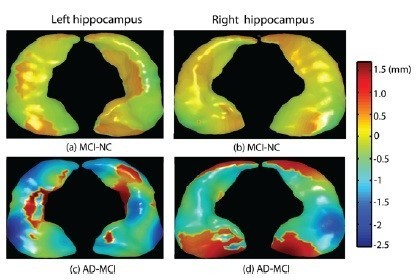Peer-reviewed study published in the American Journal of Gastroenterology
A new study from the University of Washington has found that performance on Lumosity games can distinguish between patients with cirrhosis of the liver, pre-cirrhotic patients, and healthy controls. The study used Lumosity games as psychometric tests to detect subtle cognitive impairments in patients with cirrhosis. The study is published in the March issue of the American Journal of Gastroenterology.
Studies have found that an estimated 60-80 percent of cirrhosis patients experience cognitive dysfunction, which can range from subtle neurocognitive abnormalities in those with minimal hepatic encephalopathy (MHE) to overt hepatic encephalopathy (OHE), a toxic condition that can lead to confusion, fatigue, or coma. Clinical testing can detect cognitive changes in cirrhotic patients with OHE, but currently no gold standard exists for the clinical assessment of MHE.
“Subtle cognitive impairments in cirrhosis patients are commonly undiagnosed, and are associated with poor self-reported quality of life, driving accidents, falls, or the development of OHE.” said George Ioannou, M.D., M.S., Associate Professor at the University of Washington School of Medicine, Division of Gastroenterology and Staff Physician at VA Puget Sound Health Care System, and senior author on the study. “This finding is interesting because it suggests a new, easily accessible and affordable approach to identifying early cognitive impairments in patients with cirrhosis, which can potentially improve quality of life and prevent the onset of OHE.”
The study administered three types of psychometric tests in cirrhotic patients without OHE (n = 31), patients with pre-cirrhotic chronic liver disease (n = 28), and normal controls (n = 16). The tests included:
- The Number Connection Test A (NCT-A) presents test-takers with 25 numbers arranged in an arbitrary sequence that are to be connected as quickly as possible in the correct sequence.
- The Inhibitory Control Test (ICT) presents a random sequence of letters among which test-takers need to discern interchanging X’s and Y’s and press a button when either of these two letters follows the other.
- Five Lumosity games administered on an iPad, including Speed Match – an adaptation of the N-back that challenges speed and information processing; Color Match – an adaptation of the Stroop task that challenges flexibility and response inhibition; Memory Matrix – a visual pattern memory task that challenges memory and spatial recall; Lost in Migration – an adaptation of the Flanker task that challenges attention and selective attention; and Chalkboard Challenge – an arithmetic comparison task that challenges problem solving and quantitative reasoning.
Unlike the NCT-A or ICT, Lumosity games were able to reliably differentiate cirrhosis patients without OHE from pre-cirrhotic patients. Specifically, the results for Color Match and Memory Matrix were found to be statistically significant in differentiating between those with cirrhosis and pre-cirrhotic patients (p = 0.009 and p = 0.04 for Color Match and Memory Matrix respectively), as well as between normal controls and those with cirrhosis (p = 0.04 and p = 0.04) when adjusted for age and educational attainment. Higher scores on these two games were also associated with a reduced likelihood of cirrhosis, suggesting the combination of Color Match and Memory Matrix may improve cirrhosis detection. Test-retest reliability, as measured by Pearson’s r correlation coefficient, for each Lumosity game ranged from r = 0.75 to 0.84 compared to the NCT, where r = 0.75, suggesting repeatability of the Lumosity games.
“We created Lumosity to be an accessible tool for both consumers and researchers, and we’re excited that our cognitive training program can be used in a variety of ways to study cognitive function in specific populations,” said Joe Hardy, Ph.D., VP of Research & Development at Lumosity. “This study is a novel use-case of Lumosity and we welcome additional research using Lumosity to detect subtle cognitive impairments in those with cirrhosis of the liver and in other conditions.”



